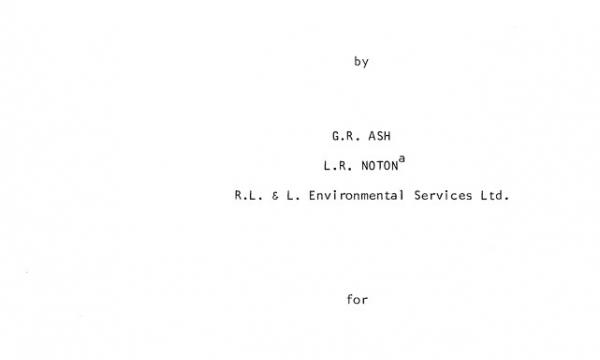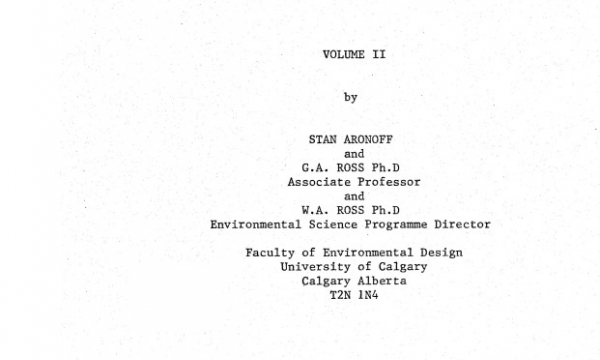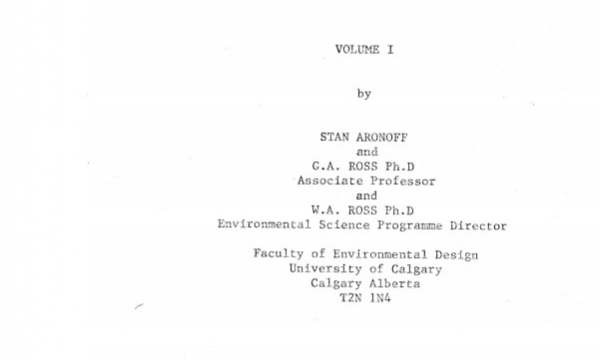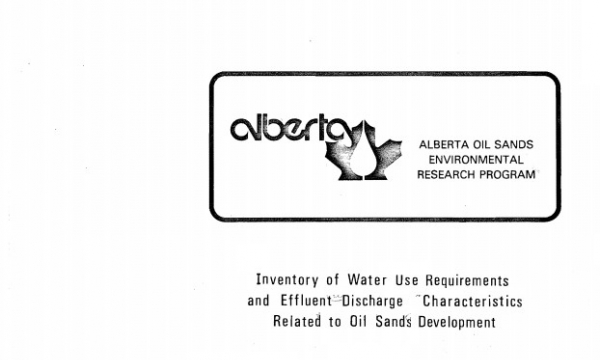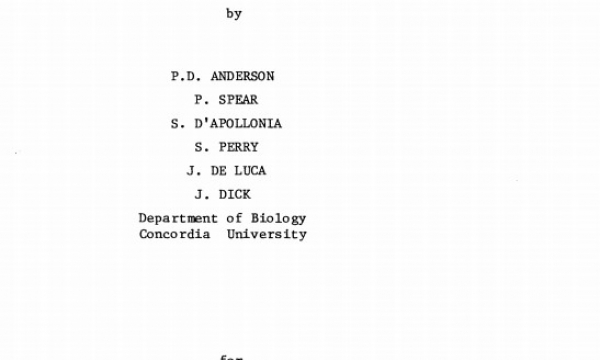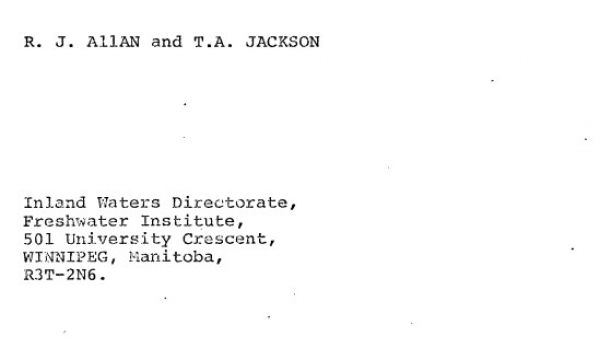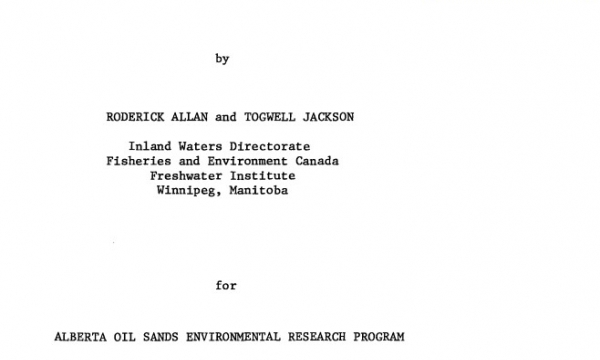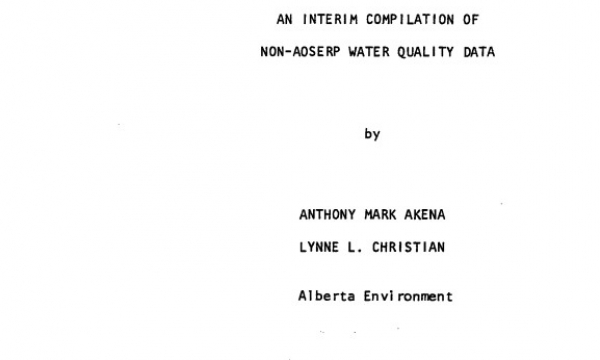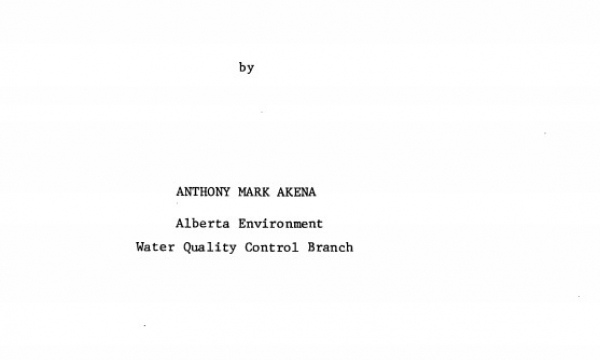Land Management Resources
Resource
A fisheries and water quality survey was conducted in September 1979 on 10 small lakes (67.4 to 338.9 ha) in the vicinity of Richardson Tower, approximately 140 km north of Fort McMurray, Alberta
Resource
Authors
Stan Aronoff
G.A. Ross
W.A. Ross
Figures and Tables associated with Volume 1
Resource
Authors
Stan Aronoff
G.A. Ross
W.A. Ross
Concluded that false color infrared aerial photography acquired during the period of maximum foliage development is most valuable for vegetation mapping and the detection of environmental disturbance
Resource
A water balance for the Athabasca River was developed which accounted for all the major withdrawals and discharges to this river. Current annual rate of withdrawal from the river is 2.34m3/s
Resource
Authors
P.D. Anderson
P. Spear
S. D'Apollinia
S. Perry
J. Deluca
J. Dick
Goal of the project was the establishment of criteria safeguarding fish from toxic effects of mixtures of vanadium, nickel, and phenol to fish; all are associated with oil sands developments
Resource
Authors
Roderick Allan
Togwell Jackson
To document the natural heavy metal geochemistry of the sediment and to assess cultural influences if any on concentrations. Absolute concentrations are low compared to data for polluted sediments
Resource
Authors
Roderick Allan
Togwell Jackson
Dredged sediments and sediment cores were collected from sites along the Athabasca River system from between Fort McMurray and the confluence of Riviere des Rochers with the Slave River
Resource
Authors
Mark Akena
Lynne Christian
Studies of the water quality of the Athabasca Oil Sands area streams, rivers, and lakes have been conducted by numerous organizations and government agencies since the 1950’s
Resource
Locations of Athabasca Oil Sands area water quality sampling sites; sampling, analytical and quality control methods used; volume and availability of assembled data; and an appraisal of data quality
Resource
Seasonal and areal variations in significant water quality parameters in the Muskeg River basin of northeastern Alberta are described


